10 Symptoms of Piriformis Syndrome
Piriformis syndrome is a neuromuscular condition that occurs when the piriformis muscle, located in the buttocks, compresses or irritates the sciatic nerve. This can lead to pain and discomfort in the buttocks and legs. In this article, we will discuss 10 common symptoms of piriformis syndrome.
Pain in the Buttocks
One of the most common symptoms of piriformis syndrome is pain in the buttocks, which can range from mild to severe. This pain is often described as a deep, aching sensation and can be aggravated by sitting for long periods of time or engaging in activities that involve the piriformis muscle[[1]].

Advertisement
Sciatica-like Pain
Piriformis syndrome can cause sciatica-like pain, which is characterized by shooting, burning, or tingling sensations that radiate from the lower back down the back of the leg. This pain can be similar to the pain experienced with sciatica, a condition caused by compression of the spinal nerves[[1]].
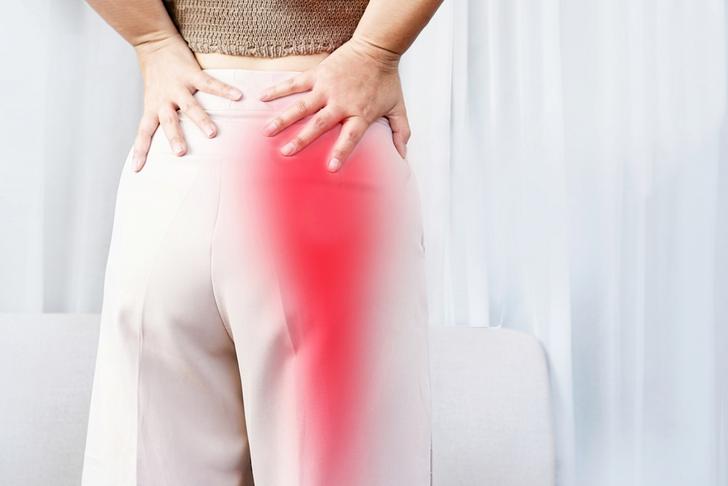
Advertisement
Numbness and Tingling
Numbness and tingling in the buttocks, legs, and feet can also be symptoms of piriformis syndrome. These sensations may be more pronounced when sitting or lying down and can be accompanied by muscle weakness[[2]].
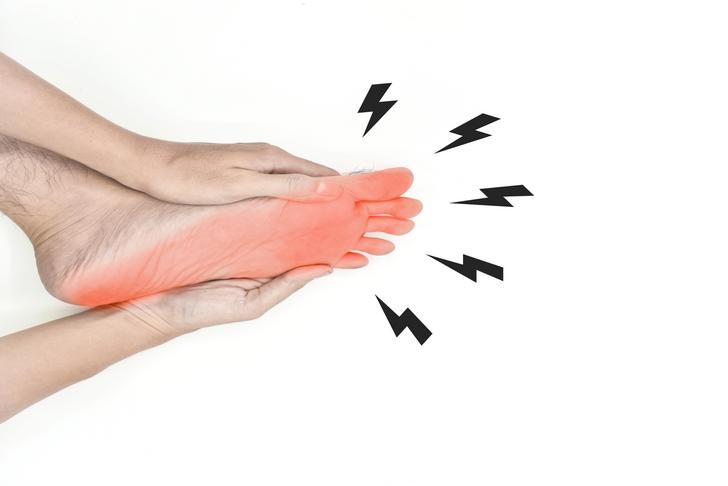
Advertisement
Muscle Tightness
Tightness in the piriformis muscle can be a symptom of piriformis syndrome. This tightness can lead to muscle spasms and discomfort, making it difficult to perform daily activities or engage in physical exercise[[2]].
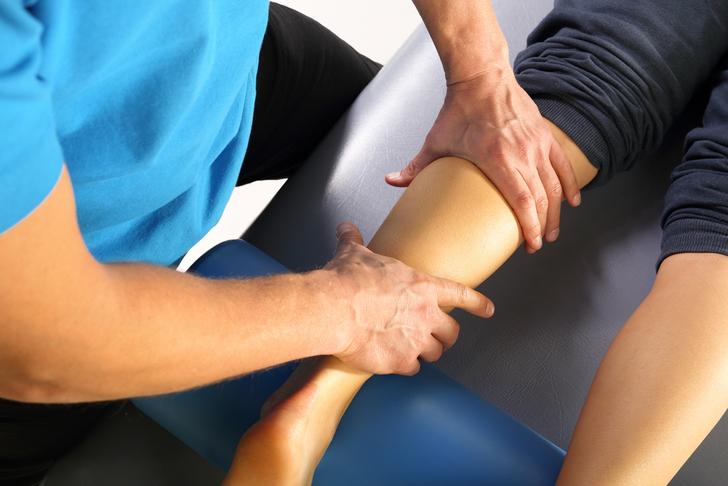
Advertisement
Limited Range of Motion
Individuals with piriformis syndrome may experience a limited range of motion in the hip joint, making it difficult to move the affected leg. This can result in difficulty walking, climbing stairs, or performing other daily activities[[3]].
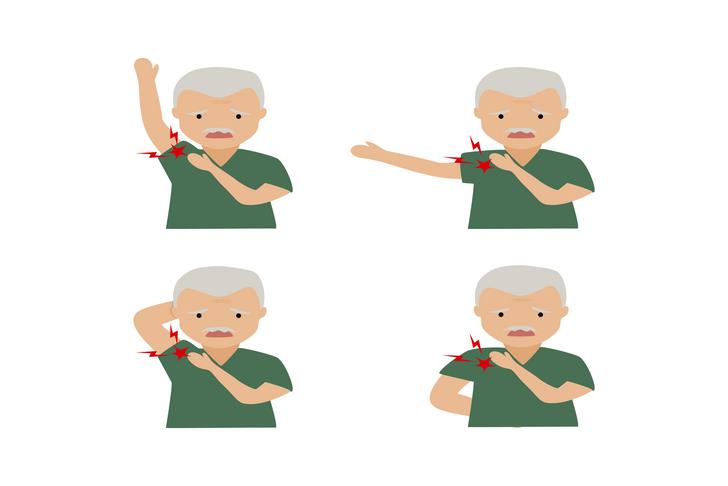
Advertisement
Pain When Sitting
Pain when sitting is a common symptom of piriformis syndrome. This pain can be exacerbated by sitting on hard surfaces or for extended periods of time, and may be relieved by standing or walking[[1]].

Advertisement
Pain When Walking or Climbing Stairs
Individuals with piriformis syndrome may experience pain when walking or climbing stairs, as these activities can place additional strain on the piriformis muscle and sciatic nerve[[3]].

Advertisement
Pain During Bowel Movements
In some cases, piriformis syndrome can cause pain during bowel movements. This can occur due to the increased pressure on the piriformis muscle and sciatic nerve during this activity[[2]].

Advertisement
Pain After Prolonged Sitting
Prolonged sitting can exacerbate the symptoms of piriformis syndrome, leading to increased pain and discomfort. Individuals with this condition may find it helpful to take breaks from sitting and engage in gentle stretching exercises to alleviate symptoms[[1]].
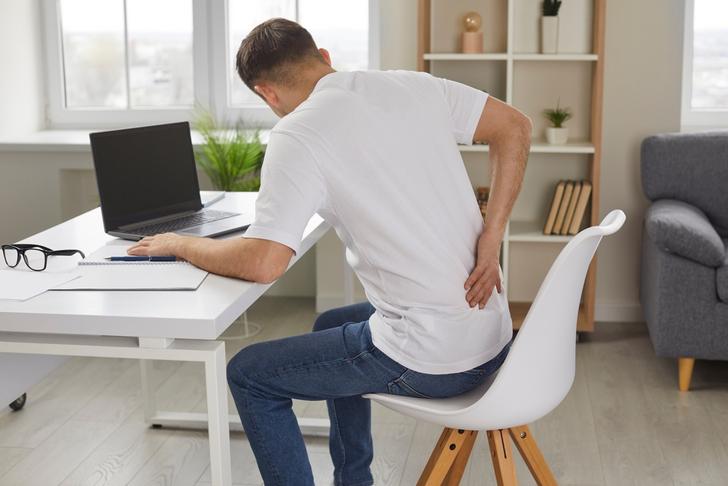
Advertisement
Increased Pain with Activity
Piriformis syndrome can cause increased pain with activity, particularly activities that involve the piriformis muscle, such as running, cycling, or climbing stairs. It is important for individuals with this condition to work with a healthcare professional to develop an appropriate exercise program that does not exacerbate symptoms[[3]].

Advertisement
Causes of Piriformis Syndrome
Piriformis syndrome occurs when the piriformis muscle, a small muscle located deep in the buttock region, spasms and causes pain. The piriformis muscle is also responsible for the rotation of the leg outwards. This muscle can also irritate the nearby sciatic nerve, causing pain, tingling, or numbness in the buttock and along the path of the sciatic nerve going down the thigh.
The exact causes of piriformis syndrome are unclear, but they may include:
- Muscle spasms in the piriformis muscle, which can be due to irritation of the muscle itself or irritation of a nearby structure such as the sacroiliac joint or hip.
- Direct compression or irritation of the sciatic nerve by the piriformis muscle.
- Anatomic variation: in some people, the sciatic nerve runs through the piriformis muscle rather than beneath it, which may increase the likelihood of developing this syndrome.
- Prolonged sitting, injury, or strain to the piriformis muscle.
Advertisement
Treatments for Piriformis Syndrome
Treatment for piriformis syndrome often involves a combination of non-surgical methods:
- Physical Therapy: This is the cornerstone of treatment and may involve stretching exercises, massage, and other techniques to relieve spasm in the piriformis muscle.
- Medication: Nonsteroidal anti-inflammatory drugs (NSAIDs), muscle relaxants, and sometimes injections of a local anesthetic or corticosteroids can be used to alleviate pain and inflammation.
- Heat and Cold: Alternating heat and cold therapy may provide some relief. Heat can relax the piriformis muscle, while cold can help reduce inflammation.
- Lifestyle modifications: This might include avoiding activities that trigger pain and learning proper techniques for activities to avoid placing too much pressure on the hips.
Advertisement
Conclusion
Piriformis syndrome can lead to discomforting symptoms including buttock pain, numbness, tingling, and limited range of motion. Recognizing these symptoms and consulting with a healthcare professional is vital for obtaining an accurate diagnosis and starting a suitable treatment plan. Through a combination of physical therapy, medication, heat and cold therapy, and lifestyle modifications, symptoms of piriformis syndrome can be effectively managed, improving the quality of life for those affected by this condition.

Advertisement





